Germany is a nation rife with history, and each city and village has its own story to tell. From ancient Roman cities to cities that played major roles in religion, technology, and war, this list of five historic German adventures will be sure to tickle the fancy of any history buff no matter which era they prefer.
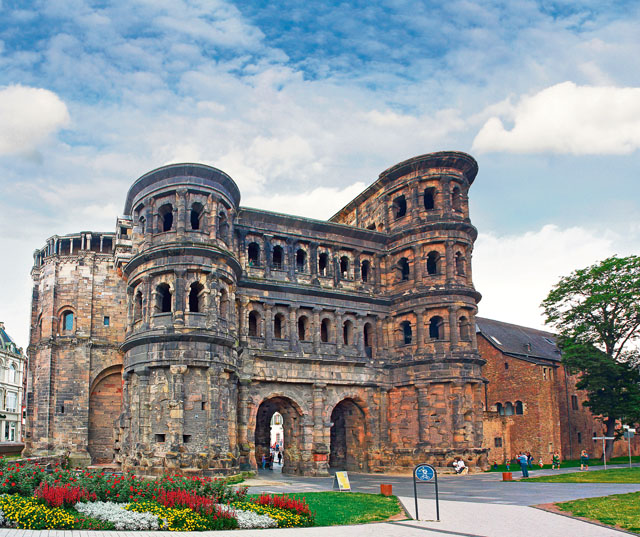
Trier
Trier was founded in the 4th century BC, making it Germany’s oldest city. It was once the capital of the Western Roman Empire, and a few original Roman structures are still standing, including the largest Roman baths complex north of the Alps, and the Porta Nigra, “Black Gate,” the only one of four entrances to the old Roman city still standing. This grand city is also home to Trier Cathedral, the oldest cathedral in Germany, as
well as Liebfrauenkirche, “Church of Our Lady,” the oldest Gothic church in the country. Most of the major historic sites are within walking distance of one another, but still make sure to wear comfortable shoes, as most of the walking areas are cobblestone. The added benefit is that Trier is only an hour and a half drive from Kaiserslautern, making it an easy trip to make in one day.
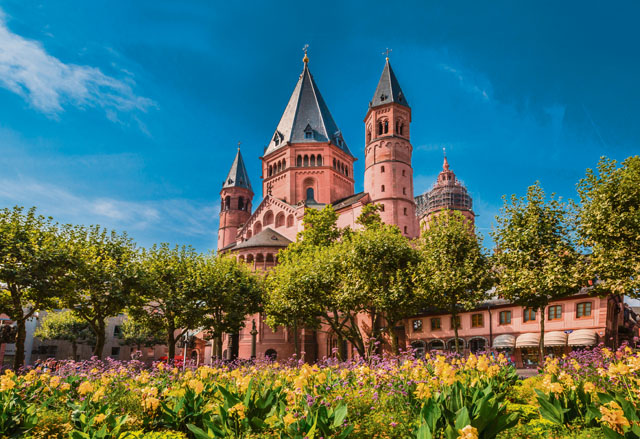
Mainz
Another old Roman city, Mainz is most well-known for Johannes Gutenberg, the man who invented the printing press. The Gutenberg Museum, home to one of the famous Gutenberg Bibles, is directly across the street from St. Martin’s Cathedral, a thousand-year-old Catholic cathedral boasting impressive spires and beautiful stained glass windows overlooking the Rhine Valley. In Old Town Mainz you’ll find cafes, wine bars, and restaurants located inside restored 17th century buildings. A larger city than Trier, but only an hour from Kaiserslautern, it makes for an excellent day trip, or a great weekend getaway that isn’t too far from home.
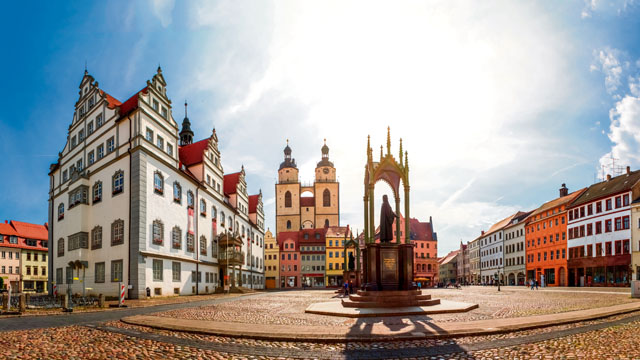
Wittenberg
The city of Wittenberg is preparing for a huge event this year – the 500-year anniversary of Martin Luther nailing his 95 Theses to the door of the castle church, and thus beginning the Protestant Reformation that spread across Europe like wildfire. The famous Reformation-era painters Lucas Cranach the Elder and Younger both lived in Wittenberg, and many of their paintings are found in St. Mary’s Church, where Martin Luther typically preached his sermons. Wittenberg is about a six-hour drive from K-Town, so make a weekend trip of it and take your time wandering the 16th century streets, various museums, and art shops in the city that changed the history of religion in Europe.
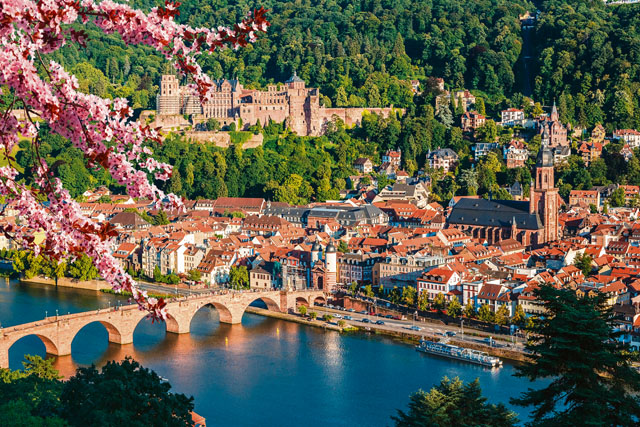
Heidelberg
Heidelberg’s most famous structure is Heidelberg Castle. The castle has seen its fair share of hardships – it has been destroyed by invading troops, by fire, and has even been hit by lightning not once, but twice! The outside still shows disrepair, but the inside is fully restored. You can visit for just 7 euro, and that price includes a trip down into the wine cellars to see the 58,000-gallon oak wine cask, the largest in the world. Take a walk through Aldstadt, “Old Town,” eat and drink at one of the cafes, then visit the Church of the Holy Ghost, first mentioned in history in 1239. Heidelberg is only an hour from the KMC area, so head out early, explore this old city filled with rich history, and be home in time for dinner!
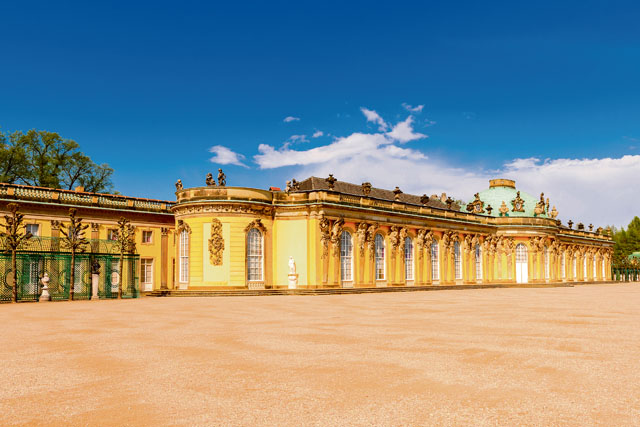
Potsdam
The newest city on the list, Potsdam turned from a little-known army garrison village to a major German city when Prussian ruler Frederick William I chose it as his hunting residence in 1660. In the middle of Potsdam sits Sanssouci Palace, a sprawling Rococo estate that was the summer home of Frederick the Great. Potsdam played a key role in the end of World War II: The Cecilienhof Palace was the location of the Potsdam Conference, where Allied forces gathered to decide the fate of war-torn Germany and Europe in general. You can visit both these palaces plus many more historic locations around Potsdam for 14 euro if you buy your tickets at https://tickets.spsg.de. Potsdam is quite the drive; seven hours from Kaiserslautern, but with so much to see, plan to spend a few days exploring the city and its surrounding areas.


